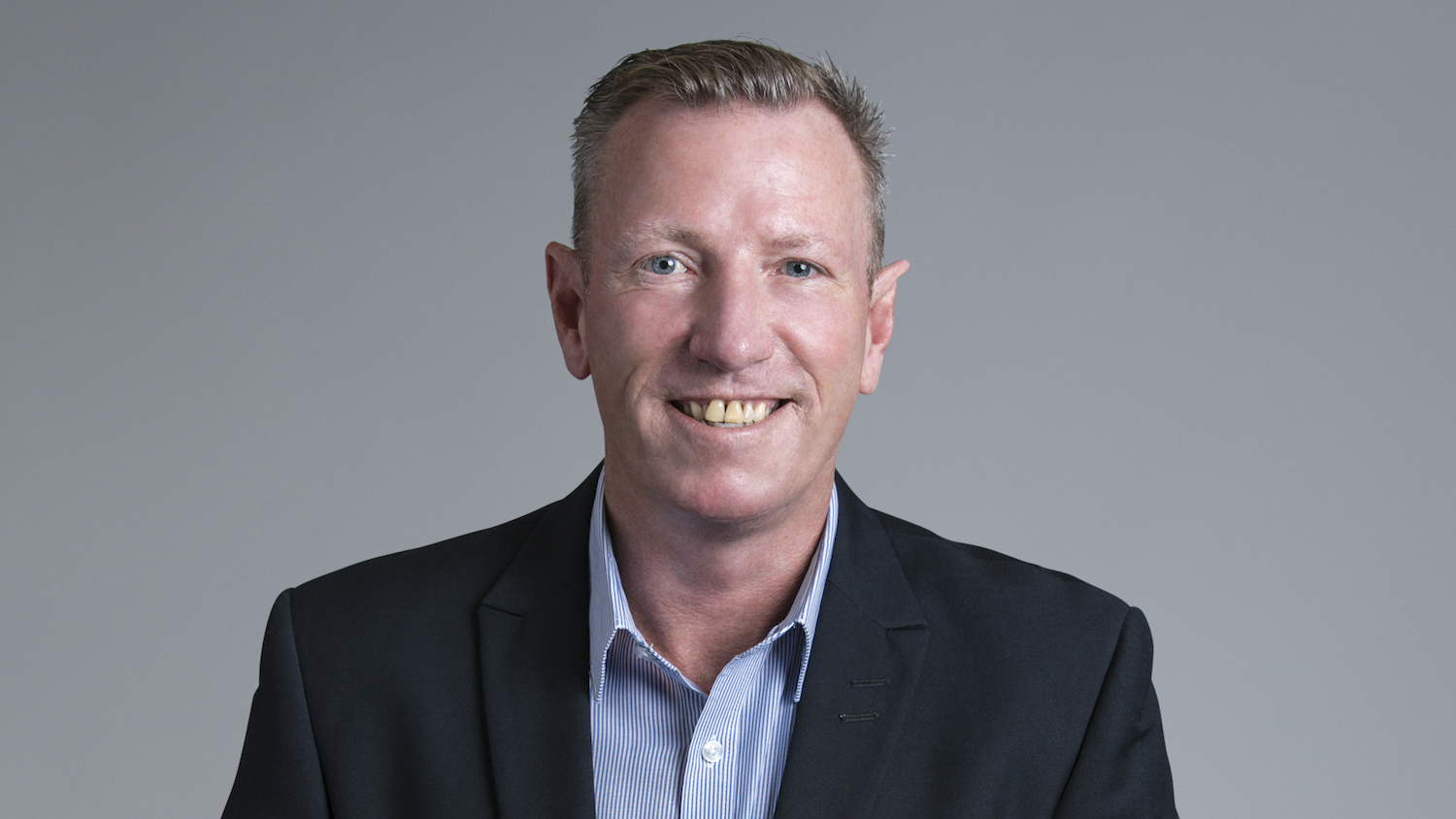
Fellowship mentoring: a partnership for success
Peter McLaughlin FCIOB shares his experience of volunteering as a fellowship mentor
With more than two decades of experience in operations and project management, Peter McLaughlin is no stranger to helping others develop and progress their careers.
However, it is his own personal development that has been the catalyst for his journey as a CIOB fellowship mentor.
“I have always taken great pride in progressing and mentoring others throughout my career, so I jumped at the opportunity to continue this with senior professionals,” he says.
“Due to the process involved in attaining fellowship, I felt that I could add a different perspective on how to tackle and approach the assignment…[by] demonstrating easier or alternative ways to set out the reports and focusing on how to use the CARL format [see box] to demonstrate what the assessors are looking for.”
What is the CARL method?
The CARL method is a structured technique that provides a framework for professional reflection, commonly used for responses to interview questions or providing feedback during business meetings.
The acronym stands for:
- C: Circumstance/context Describe the circumstance that led to your action
- A: Action Describe the action you took
- R: Result Describe the result of your action, including what went well and what didn’t go quite as well
- L: Learning Describe the learning taken from the action and how this was used in the organisation to bring continuous improvement
Where is help needed?
While working with a mentee, McLaughlin explains, the first step is to understand where they require support and guidance.
“In most cases, the mentees have difficulties in interpreting the standards and how to apply them within the content of the application,” he says.
“My approach is to provide tips so they can commence with starting the report – highlighting the dos and don’ts and reiterating the focus points, which generally sets the scene for them to start.”
Using the CARL method, McLaughlin encourages his mentees to focus on demonstrating results and learnings throughout the report, as this will help to achieve top marks during the fellowship process.
McLaughlin also recommends the use of images and screenshots to help illustrate the topic the candidate is referring to throughout the report.
Ultimately, he says, candidates must demonstrate how they have employed a new concept at a strategic level and, therefore, how they have met the fellowship standards.
“Once the mentee provides an initial draft, it is important to provide feedback as quickly as possible on the structure – first and foremost, for example, have they understood how to apply the standards correctly?
“Then I can focus on providing further advice or techniques they could use before moving on to the content and flow of the report.”
While mentors are tasked with offering practical guidance, developing a good relationship with mentees is also important.
McLaughlin says this is rarely an issue because fellowship candidates are typically keen to succeed and willing to accept advice, which he describes as “extremely refreshing”.
However, he adds that mentors “do need to manage [mentees’] expectations on what is expected of them and how long the process can take”.
International challenge
McLaughlin admits that the international locations of mentors and mentees can be challenging. “For example, time zones can be an obstacle as I am based in Brisbane and often the mentee is from the UK or Africa,” he explains.
One such example is McLaughlin’s former mentee, Raj Singh FCIOB, who is a principal project manager at the Ministry of Justice in the UK.
As a mentor, it is a necessity not just to review, but to spend as much time as you can to assist and guide the mentee. Nonetheless, when your mentee attains their professional accreditation, it is like winning an award and makes everything worthwhile
“On undertaking the CIOB fellowship, I had no hesitation in trying to source myself a suitable mentor,” Singh says.
“Having reached out to a number of CIOB mentors, I was not having much luck so decided to throw my net wider – and yes, why can’t I have a mentor who is based in Australia?”
Singh insists the distance makes no difference – the priority is the quality of support. She describes McLaughlin as “receptive and quick to respond”, reviewing her submission objectively and providing “some really helpful feedback”.
“Not only did I achieve fellowship, but I was also asked to consider becoming a fellowship assessor,” Singh adds.
Mutually beneficial
From a mentor’s perspective, the opportunity to work with diverse mentees who have different backgrounds and experiences is hugely rewarding, McLaughlin says.
“It has also provided further insight into other sectors in the industry,” he adds. “This also acts as further learning and development [and allows me to attain] knowledge on how other professionals approach and solve difficult situations.
“[The experience as a mentor] allows me to utilise and consider other ideas and strategies in my day-to-day role.”
So, what advice would he give other senior built environment professionals who are considering mentoring?
“It can be extremely time-consuming, dependent on how much input you are willing to do,” he says. “You also need to consider that it is your free time, so be mindful not to let this interfere with your day-to-day role.
“As a mentor, it is a necessity not just to review, but to spend as much time as you can to assist and guide the mentee.
“Nonetheless, when your mentee attains their professional accreditation, it is like winning an award and makes everything worthwhile.”
Comments
Comments are closed.

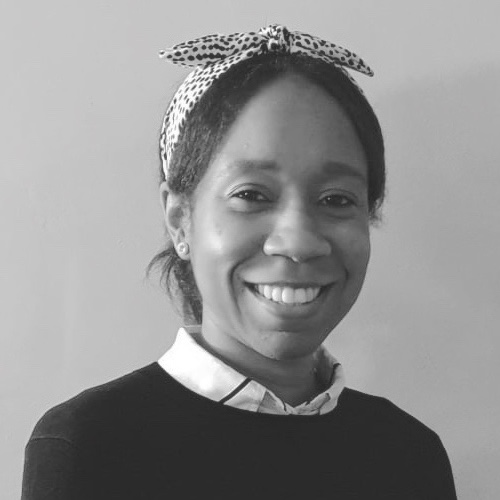
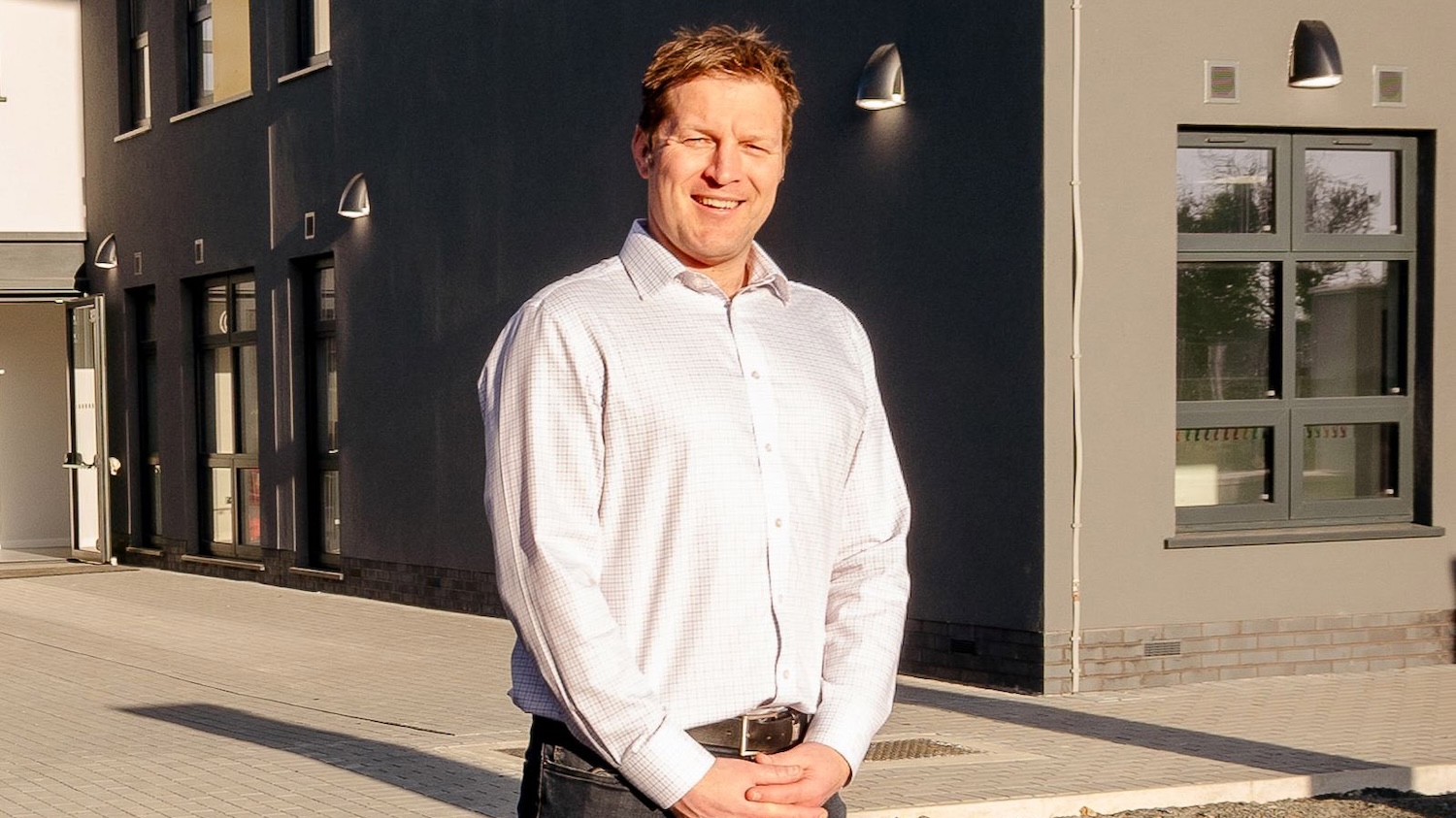
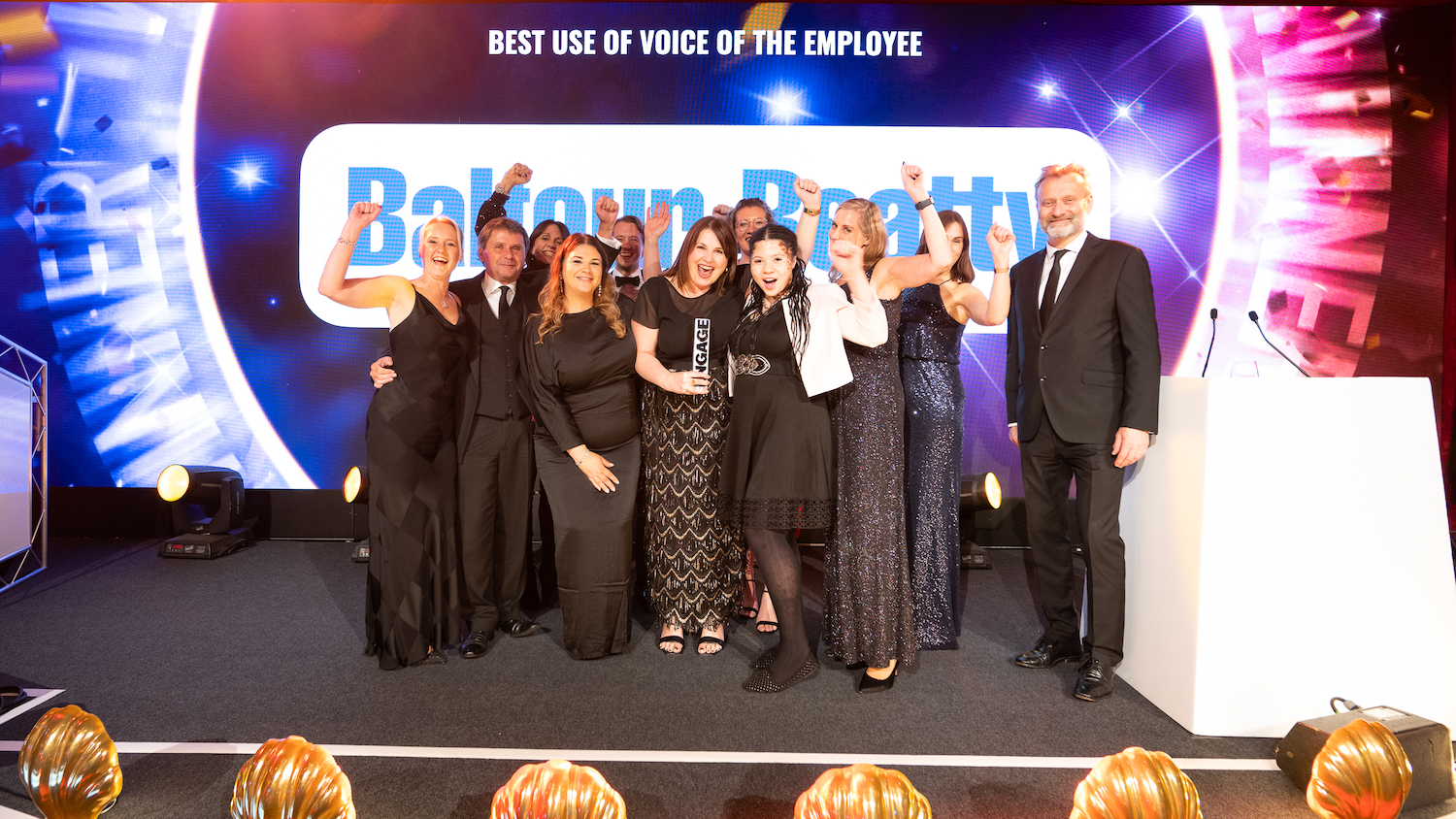
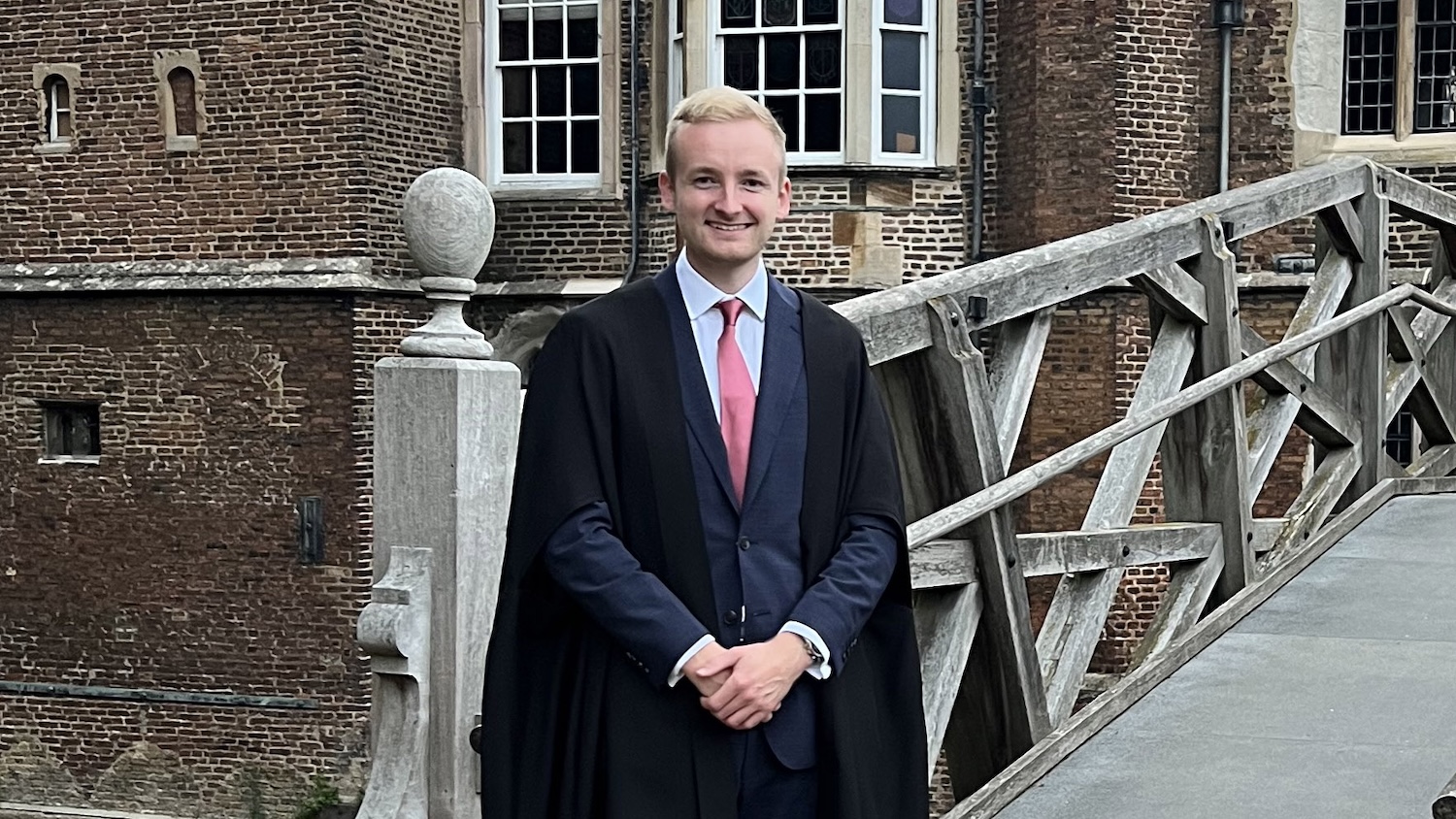
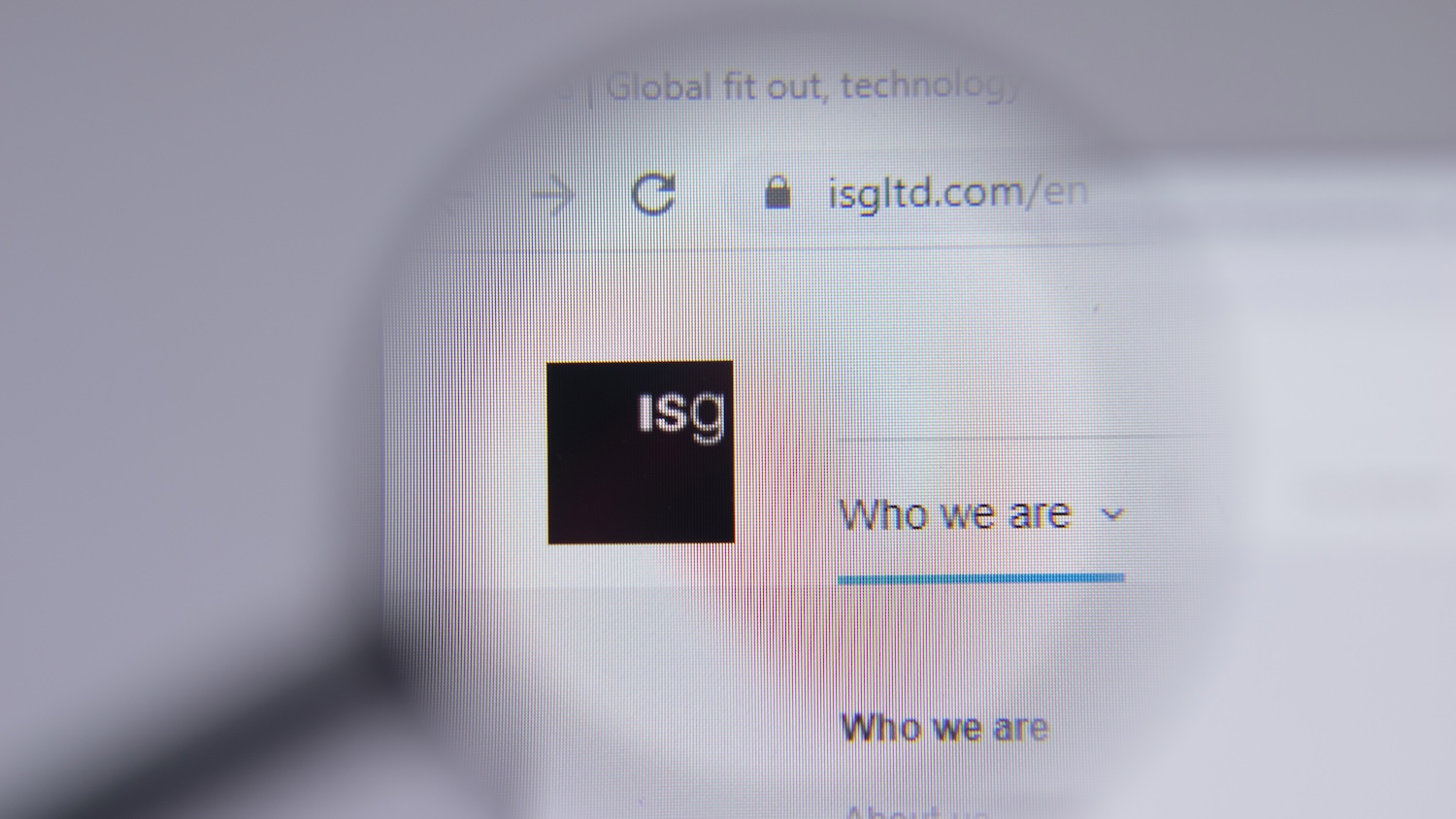
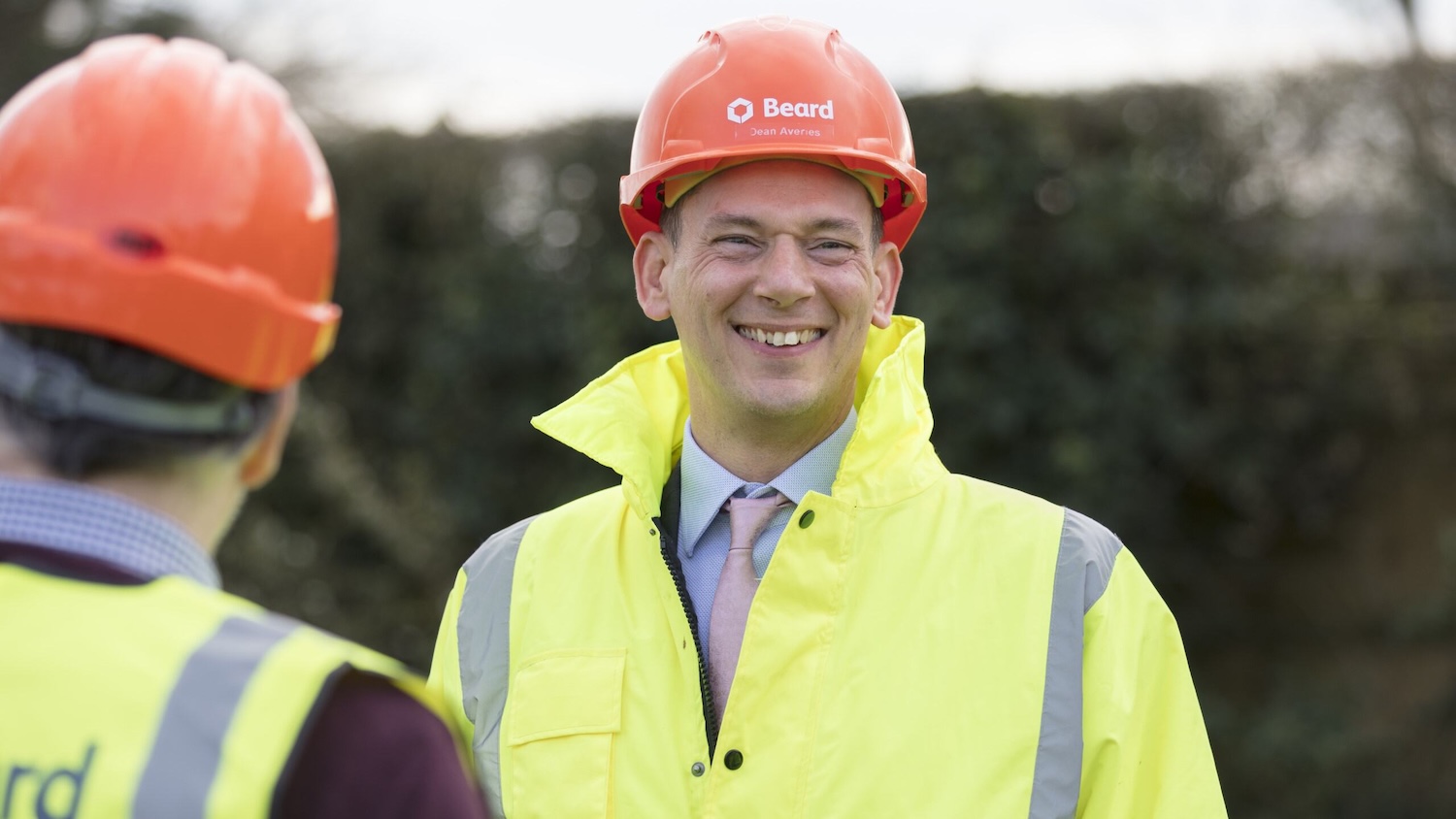

Well done, Peter, incredibly generous with your time, but also what a fantastic legacy beyond the bricks and mortar of your successful projects.
I have yet to receive results from my PR application. Regardless of the result I would just like to share my sincere gratitude to Peter McLaughlin FCIOB, for all his time, effort and guidance in mentoring me through the PR application. Peter is a dedicated professional who’s selfless voluntary input is truly inspiring. Peter is a fantastic role model for the construction industry. Long may he continue helping others, leaving a lasting legacy.